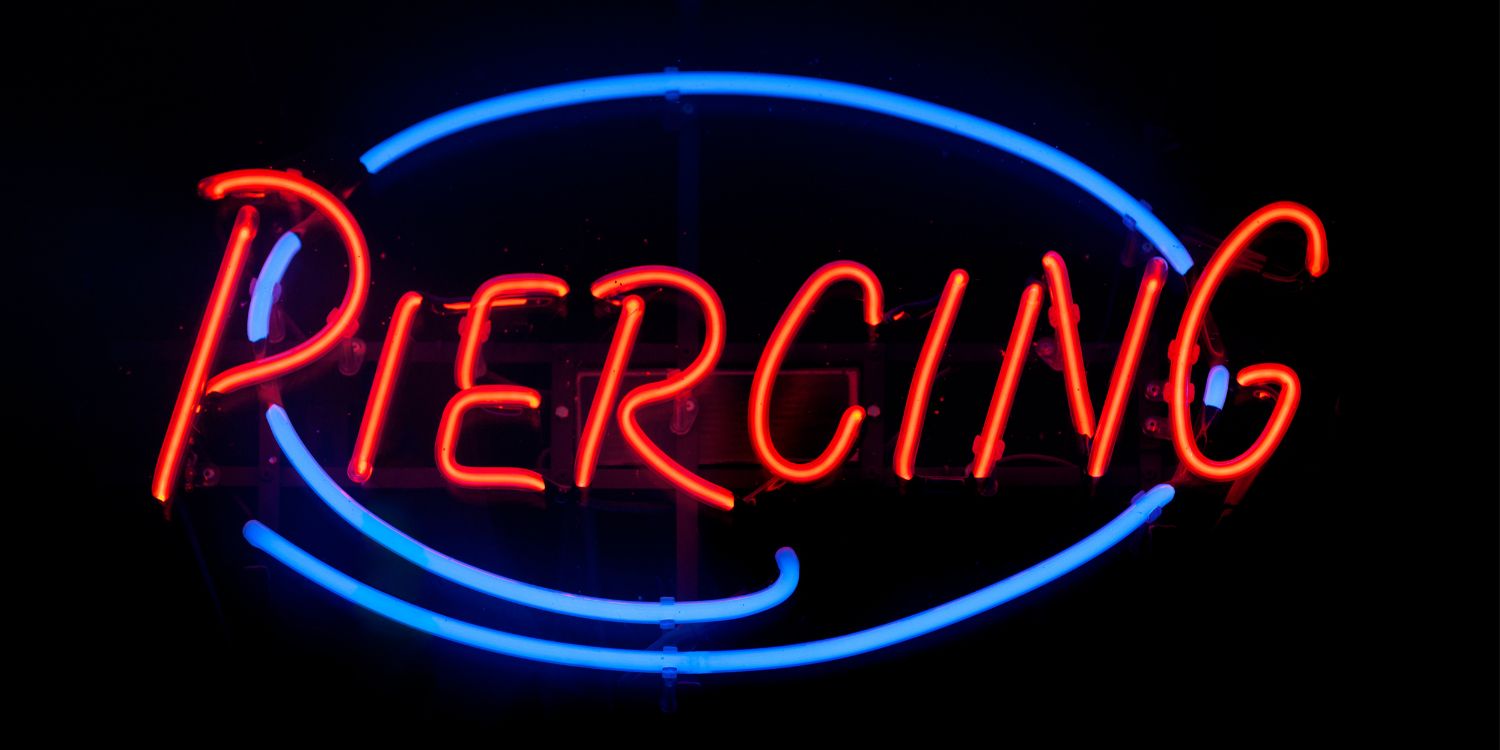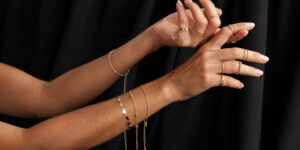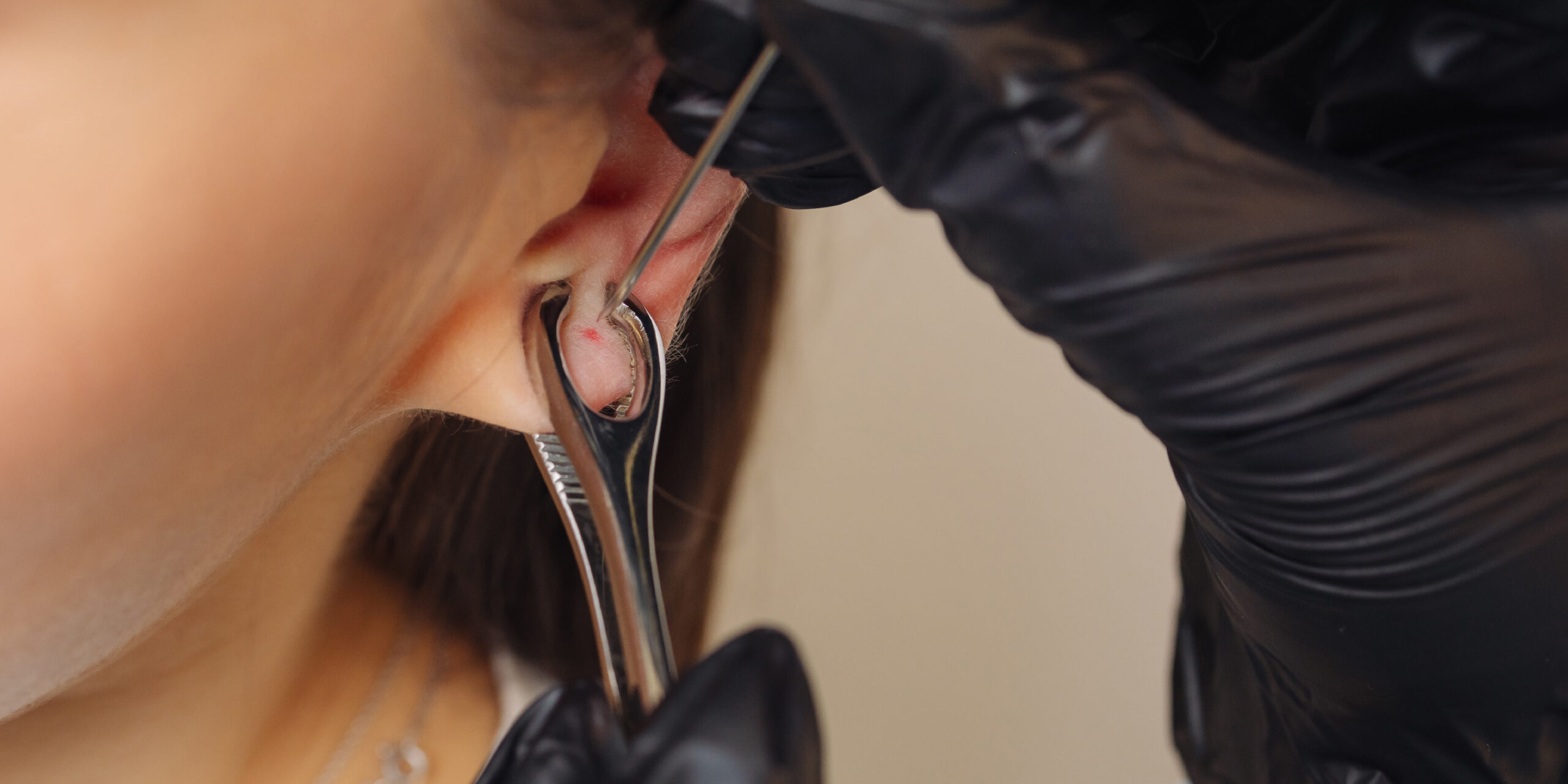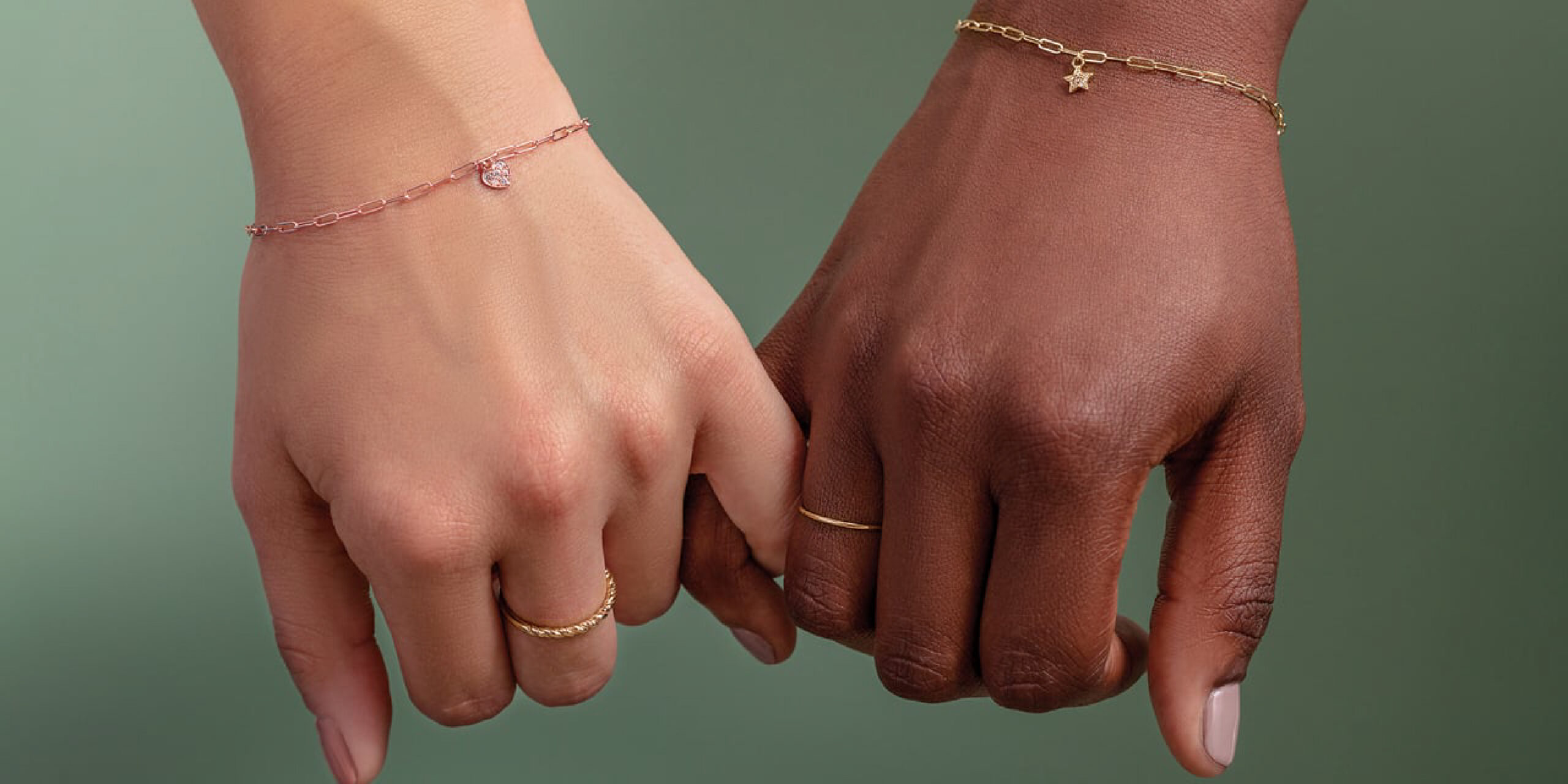If you’re interested in getting a facial piercing, there are a few things you should consider before taking the plunge.
Here are some tips for beginners:
- Choose a reputable piercer: It’s important to find a piercer who is experienced and uses safe and sterile equipment. Look for a piercing studio that follows all local health regulations and has a good reputation in your community.
- Research different types of piercings: There are many different types of facial piercings to choose from, including nostrils, septum, lip, eyebrow, and more. Do your research to determine which type of piercing is right for you and what you want to express with your body modification.
- Consider the healing process: Some facial piercings can take several months to fully heal, and you’ll need to take care of the piercing site during this time. Make sure you’re prepared to follow aftercare instructions and commit to the healing process.
- Think about the long-term effects: Facial piercings can cause scarring and can be difficult to remove if you change your mind later. Consider the long-term effects before getting a piercing.
- Be prepared for pain: While the pain of getting a facial piercing varies depending on the location, it can be significant for some people. Be prepared for some discomfort, and ask your piercer about pain management options if you’re nervous.
- Follow aftercare instructions: After getting a facial piercing, it’s important to follow aftercare instructions carefully to reduce the risk of infection and promote healing. This may include cleaning the piercing site regularly, avoiding certain activities, and avoiding certain types of jewelry.
Remember, getting a facial piercing is a big decision, and it’s important to take the time to consider all the factors before making a choice.
Facial piercings are a popular form of body modification that can enhance a person’s appearance and personal style. In this blog, we’ll provide an overview of the most common types of facial piercings, their placement, healing time, aftercare, and potential risks.
Here are some of the most popular facial piercings:
- Nostril Piercing: This is a piercing on the side of the nostril. It is one of the most common and least painful facial piercings. The healing time for a nostril piercing is typically 4 to 8 weeks.
- Septum Piercing: This is a piercing through the cartilage that separates the nostrils. The healing time for a septum piercing is typically 4 to 8 weeks.
- Lip Piercing: This is a piercing on the lower or upper lip. The healing time for a lip piercing is typically 4 to 12 weeks, depending on the location.
- Eyebrow Piercing: This is a piercing above the eyebrow, either vertically or horizontally. The healing time for an eyebrow piercing is typically 4 to 8 weeks.
- Bridge Piercing: This is a piercing on the bridge of the nose, between the eyes. The healing time for a bridge piercing is typically 4 to 8 weeks.
- Cheek Piercing: This is a piercing on the cheek, usually done in pairs. The healing time for a cheek piercing is typically 4 to 8 months.
- Surface Piercing: Any piercing that lies flat on the skin falls under the more general category of surface piercing. Surface piercings typically take anywhere from 4 to 12 months to heal fully.
- Tongue Piercing: Tongue piercing is a type of body piercing that involves piercing the tongue with a needle or piercing gun and inserting jewelry such as a barbell or a ring. The healing time for a tongue piercing varies depending on factors such as the person’s age, overall health, and aftercare routine, but generally, it can take 4 to 8 weeks for a tongue piercing to fully heal.
It’s important to note that the healing time for each person can vary and may be affected by factors such as aftercare, infection, and the individual’s immune system. Here are some tips for aftercare:
- Clean the piercing regularly with a saline solution or antiseptic to prevent infection.
- Avoid touching the piercing with dirty hands.
- Avoid exposing the piercing to unclean or contaminated objects.
- Avoid submerging the piercing in water (such as pools, hot tubs, etc.) until it is fully healed.
- Avoid changing the jewelry prematurely, as this can cause irritation and delay healing.
In terms of potential risks, facial piercings can lead to scarring, infection, and rejection (when the body pushes the jewelry out). In rare cases, they can also lead to nerve damage or other complications. It’s important to choose a reputable piercing studio and a qualified piercer to minimize these risks.
Overall, face piercings can be a fun and rewarding form of self-expression. Just make sure to follow proper aftercare instructions and seek medical attention if you experience any symptoms of infection or other complications.
In conclusion, face piercings can be a great way to express oneself and add a unique touch to one’s appearance. However, it is important to consider several factors before getting a face piercing, such as potential health risks, aftercare, and workplace policies. Additionally, it’s crucial to choose a reputable piercer who follows safe and sanitary procedures and to ensure that the jewelry used is of high quality. After getting face piercings, it’s important to properly care for it and to give it adequate time to heal. With proper care and caution, face piercings can be a fun and fulfilling addition to one’s look.













